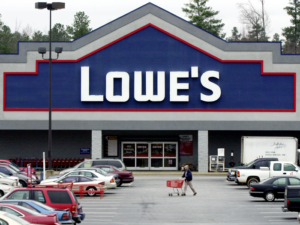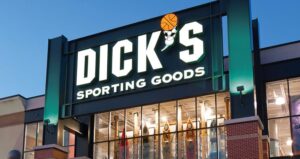The consumer buying process is the decision-making process that consumers go through when buying a product or service. Businesses need to understand the stages of this process to create effective marketing strategies.
The consumer buying process is a fundamental concept in marketing. It outlines the stages that consumers go through when deciding to purchase a product or service. Understanding these six stages can help marketers improve their conversion rate and increase revenue for their business!
Jump Ahead To :
What Is The Consumer Buying Process?
The consumer buying process is how customers purchase a product or service through delivery and after-sales support. It includes awareness of the consumer’s need for the goods/services; search for possible options (including brand preference); evaluation of alternatives; selection of preferred option(s) including post-purchase behaviour.
The consumer may research online using social media, review sites etc.; consider ‘word-of mouth’ advice from friends, family members etc., listen in on other conversations about products/services mentioned during everyday life activities such as at work meetings, informal gatherings with peers or while commuting via public transport; seek information directly from businesses offering particular brands, e.g. visiting stores physically or accessing websites providing factual information, consumer reviews and testimonials; or may use a combination of the above.
Consumer buying behavior is an interesting one as you see the consumer decision-making process in action. What usually happens is that people tend not to look at the price tag first and foremost before anything else. They would rather compare brands against each other based on their perception of quality and value – which also depends greatly on how much information about these products has been gathered beforehand by consumer research methods such as focus groups, interviews etc. Sometimes consumers will go through this whole thing multiple times to be sure about purchasing something, even if there aren’t any noticeable differences between similar items out there (i.e. choice).
Six Stages Of The Consumer Buying Process
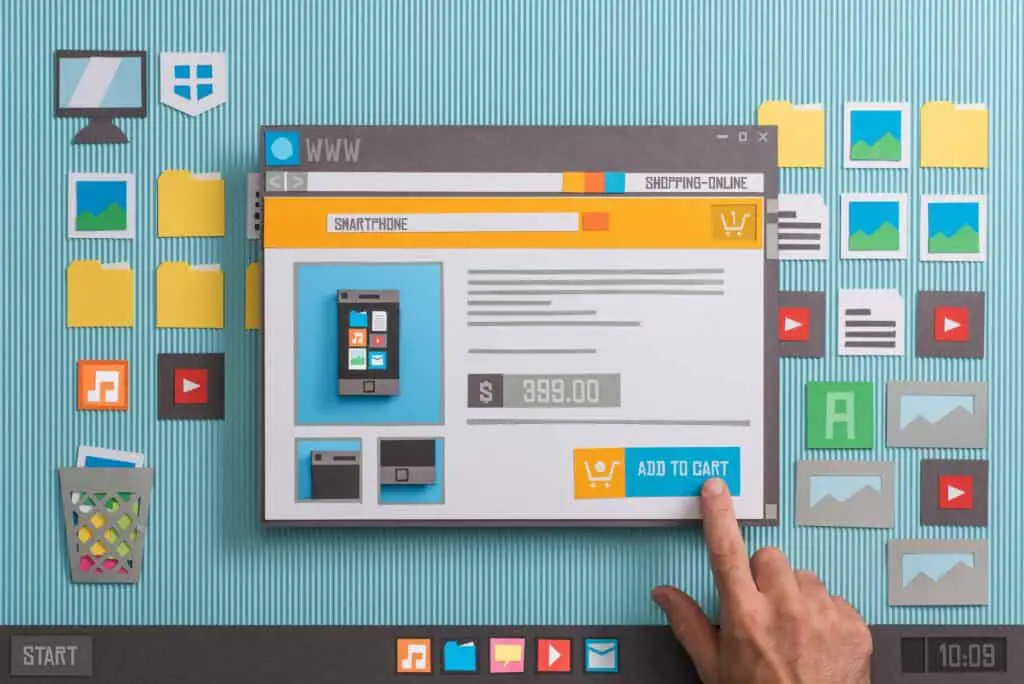
It has been known for some time now that most consumers make decisions by both rational and emotional thinking, which can be seen in their purchasing behavior. The buyer’s purchase process seems straightforward enough – they buy whatever product best suits them when they need it, right? Well, not quite, as there are several steps involved before they commit to using the items themselves or even telling others about their intended purchases. There is more than ‘just doing it when we look into the details of how people shop around for what exactly interests them and why, so let us take a look at what happens.
Stage 1: Problem Recognition
Problem recognition consumer buying process is the series of stages that a consumer goes through to purchase something. Problem Recognition customer’s buying process starts with learning about problems, understanding how bad it is, and finally making action plans on what they will do next. They usually go through this in their head or talk out loud if they have someone else around them at the time. It all depends on whether you’re alone or not when you are trying to solve your problem.
Stage 2: Information Search
The consumer buying process starts when they first see an advertisement or hear about a product somehow. The consumer then decides to do more research on the product and searches for information online, usually through their mobile device. They will look at available reviews, read blogs about similar products, compare prices with other alternatives before deciding what to purchase. It is mainly driven by consumer needs rather than company desires and finally makes the decision based on all factors, including price point and convenience. Consumers can also buy via word-of-mouth from friends/family members, which significantly influences purchase decisions! That’s why businesses need to get customer feedback post purchasing and ensure customers have good consumer experiences throughout their buying journey.
The consumer buying process is different for every consumer, so marketers need to understand how the consumer thinks and makes decisions to be successful! For example, knowing that consumers are likely to start researching products online before purchasing will help inform your marketing strategy of using digital channels more frequently than traditional channels.
Other things like understanding what influences customers’ decision-making can also play an important role in planning
and finally, deciding which channel(s), you should use when advertising your product or service.
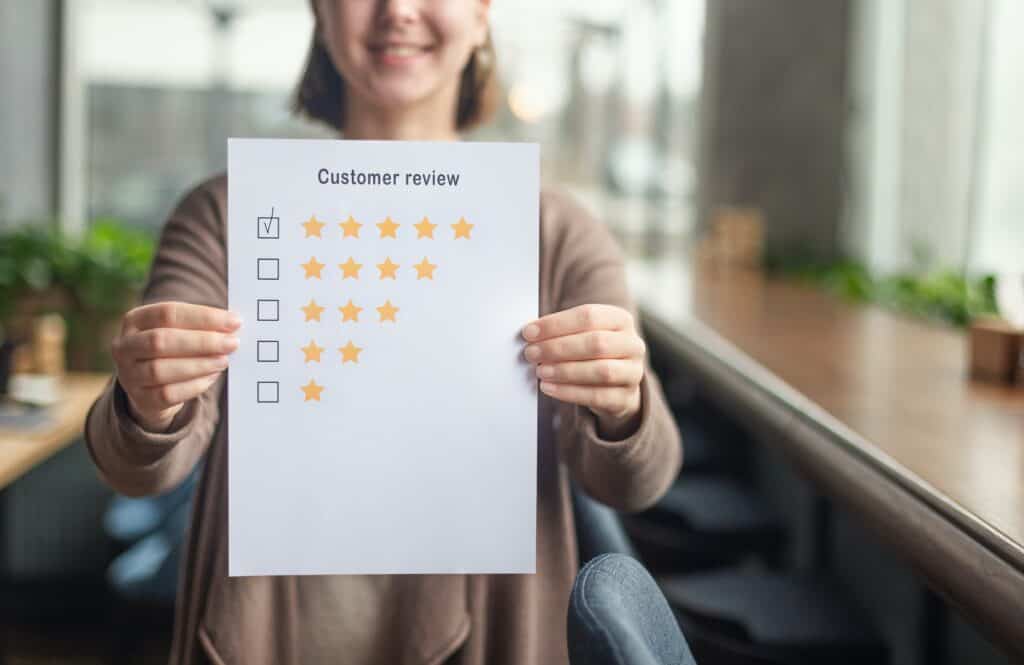
Stage 3: Evaluation
The consumer buying process is a complex and complicated procedure. It involves multiple stages, such as brand recognition, product comparison, etc. The Evaluation of Alternatives customer buying process (EoA) focuses on the evaluation phase. This stage typically starts when customers realize that they need to solve their problems with a given purchase and continue until they make an actual decision about which solution to choose or reject. In terms of consumer behaviour literature, EoA represents one of five types: problem recognition (PR), information search (IS), alternative evaluation (AE), purchase decision/behavioural intention formation, and post-purchase behaviour/evaluation. When it comes to electronic commerce businesses, have been using different techniques for years to drive consumer engagement during this crucial phase.
Stage 4: Purchase Decision
A Purchase Decision customer buying process is when a consumer decides to purchase an item or service.
Consumer factors are very important in this purchase because they will decide what to buy, why it’s good for them, and how much money they can spend at that time. For example, if you were looking into getting a new phone plan but the only one available for you, this would not be considered Purchase Decision. It may have been your choice to get one due to special deals being offered at the time, so it might have made sense financially, even though something else came up later. This isn’t a Purchase decision meant more like someone researching their options before deciding whether or not it’s a good purchase. Purchase Decision is more of a long term decision that can be changed over time which details how it’s made, why they are purchasing the item or service, and their options.
Purchase Decision is a customer buying process that can make or break a sale depending on its handling.
Stage 5: Purchase
In the purchase Stage, a Customer goes through several steps to finally decide what to buy and whom they will be purchasing from. The customer needs information at this point in the Customer buying process and may research several companies before deciding who they will buy from.
– The Customer might look at the product to ensure compatibility with their existing equipment or needs
– They compare prices of different brands, models, and retailers
– Finally, the customer decides which brand to purchase based on quality, price, availability etc.
Stage 6: Post-Purchase Evaluation
When a customer has bought something, they may have questions about the product. They can ask these at this stage to ensure that their purchase was correct and what they expected it to be. Customer service representatives are often very helpful with answering any queries or concerns a buyer might have.
Post-Purchase Evaluation is one of the stages in a Customer’s buying process. Customer service representatives are often available to answer any questions or concerns a buyer might have about their purchases, whether after or during business hours.
Customer buying processes consist of the stages where customers consider and choose what they want to purchase for themselves or other people as gifts. After deciding on which product(s) they want, they can go through Customer service to ensure their purchase is correct.
The consumer buying process is a relatively complicated one, and it varies depending on the consumer’s needs and wants as well as their available resources or budget. The first step to this whole thing begins with them determining whether they will need anything in particular – if so, then several questions go through their minds:
– Do I have enough of this? Will it last long enough for me to use up everything I already own before purchasing more?
– How much would I be willing to pay for such an item that might not even be necessary right now? And how can I get my hands on it within a reasonable timeframe (given limited time)? Alternatively, do I wait until later when prices drop?
– Is there anything similar to the product I am looking for that will suffice? If so, then how much do they cost and which is more affordable? Which one provides better value or quality than others within its class?
If these questions are not answered satisfactorily enough by consumer buying behaviour research, then chances are they might be less likely to buy it. Often, people tend to go with their gut instincts when making some purchases, while other times, they may need a little more convincing before committing themselves in any way possible. It all depends on what sort of attention certain products get them – whether positive or negative impressions can affect consumer purchase decisions greatly even if at first glance and seems like your run-of-the-mill consumer buying behaviour survey.
What Is The Buying Process?
The Buying process is important to understand because it helps you see how your customer purchases your product. If they use a mobile app, this might be different from purchasing by phone or online.
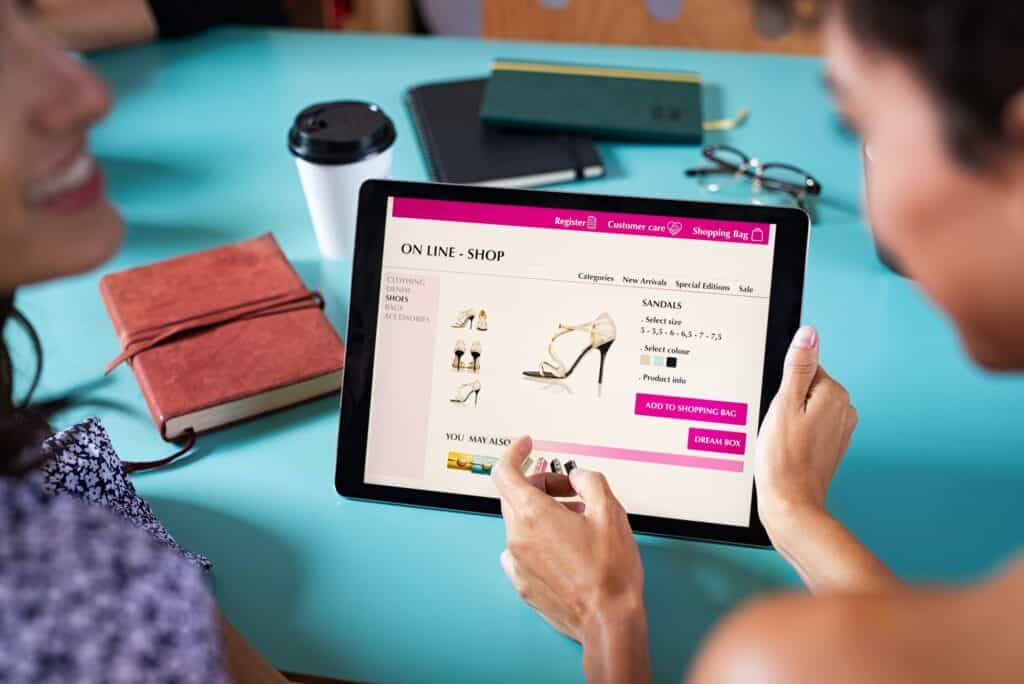
Buying processes can also change over time as technology changes. The buying process is an important step in the buying cycle, which typically has six steps: Awareness, Interest, Desire, Evaluation of alternatives (including your product), Purchase decision and Post-purchase behaviour.
How Do Consumers Make Their Decisions?
Consumers at times can be influenced into making poor decisions due to a lack of information or understanding about what they’re buying. Consumer decisions can be split into three main categories:
– Top of the Mind Consumer Buying Decisions: This occurs when a consumer is shopping, and they pick up an item, look at it and decide to buy on impulse. They may already know about similar products in this category, so perhaps there’s some brand loyalty.
Consumer Usage Decisions: When a consumer already uses something and needs to make an informed buying decision about the next purchase, this would be considered a usage purchase. Consumers may have some brand loyalty or experience with products in this category, but their perception of value will still play a part in making their choice.
– Consumer Information Acquisition Decisions: In this case, a consumer can be influenced by an advertisement or marketing campaign. Consumer information acquisition is important when trying to make the right choice in products like technology and electronics where there’s lots of variety available on the market.
Consumer Buying Behavior
Consumers buying behaviour is the way people buy things, i.e., consumer spending patterns for goods and services in a market economy. The study of consumers’ purchasing behaviour follows approaches that vary by discipline and are linked to distinct theories and research traditions.[citation needed] Consumer researchers may use statistical surveys to gather data about people’s actual behaviours. Consumer behaviour is concerned with all aspects of purchasing and consumption. It looks at how emotions, attitudes, preferences affect buying behaviour.
The study of consumer behaviour emphasises the psychological factors that lead to certain purchases over others (such as quality, price or availability). The majority of decisions in life require us to make choices where we may have to settle for something good enough, rather than what we would like. Consumer behaviour examines the processes consumers go through in making these choices. It looks at how people decide to purchase products or services and focuses on the consumer’s state of mind concerning a product category.
Types Of Customers
Types of customers can refer to the different types of people that buy a product or service based on their buying habits. For example, there are transactional and relationship buyers.
Transactional Buyer: this type of customer is looking for convenience when making purchases such as ease-of-use, low hassle and fast results.
Relationship buyers: this type of buyer is looking for a long-term partner and will typically invest more time and money in the relationship.
Types of customers can also refer to different categories or groups within an industry such as consumer, business and reseller, which relate to the types of people buying from you.
Consumer: Consumers are individuals or businesses that purchase a product or service for their personal use.
Business: Businesses are companies, institutions and organisations which buy products as an investment to provide services to other clients, such as business-to-business (BtoB) marketing.
Reseller: This type of buyer is looking for ways to profit from your product by selling them to other customers.
Wrap up
The buyer’s journey is an important concept for businesses to be aware of. It can help shape marketing strategies and product development. This blog post has given you some insights into the consumer buying process, including how it starts with awareness or need, continues through research (including consideration of different brands), and ends with post-purchase behaviour like testimonials about your company social media sites. We hope this information will provide value to you as a business owner looking at ways to increase sales in today’s competitive marketplace by understanding what drives customer behaviour throughout their purchase cycle – from initial curiosity to eventual satisfaction. If any part of the buyer’s journey feels unclear, please get in touch with us to work together.



